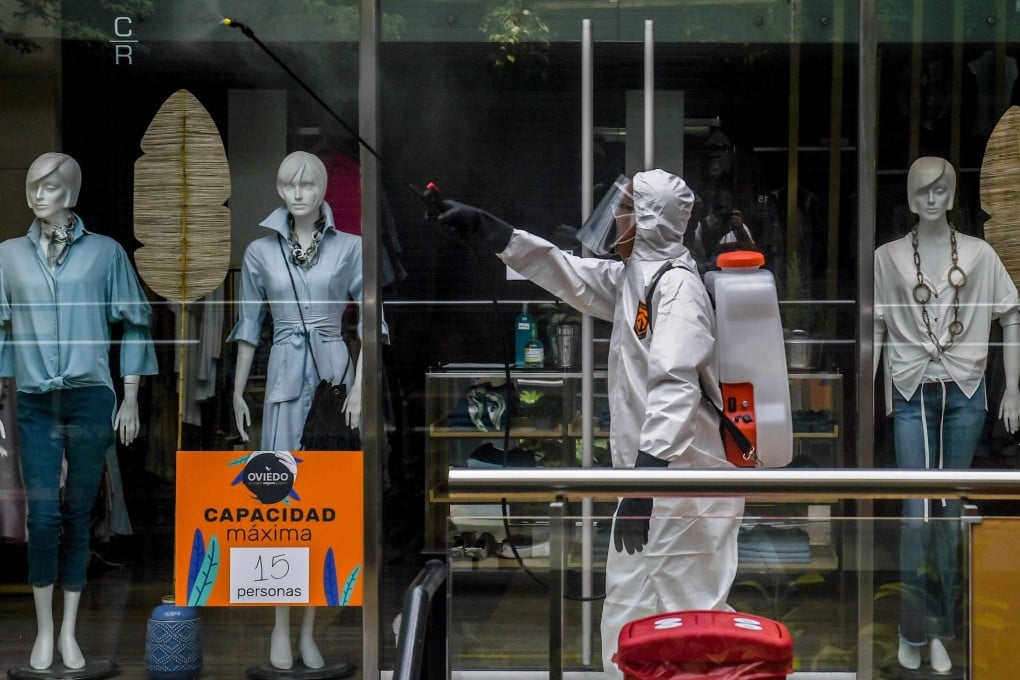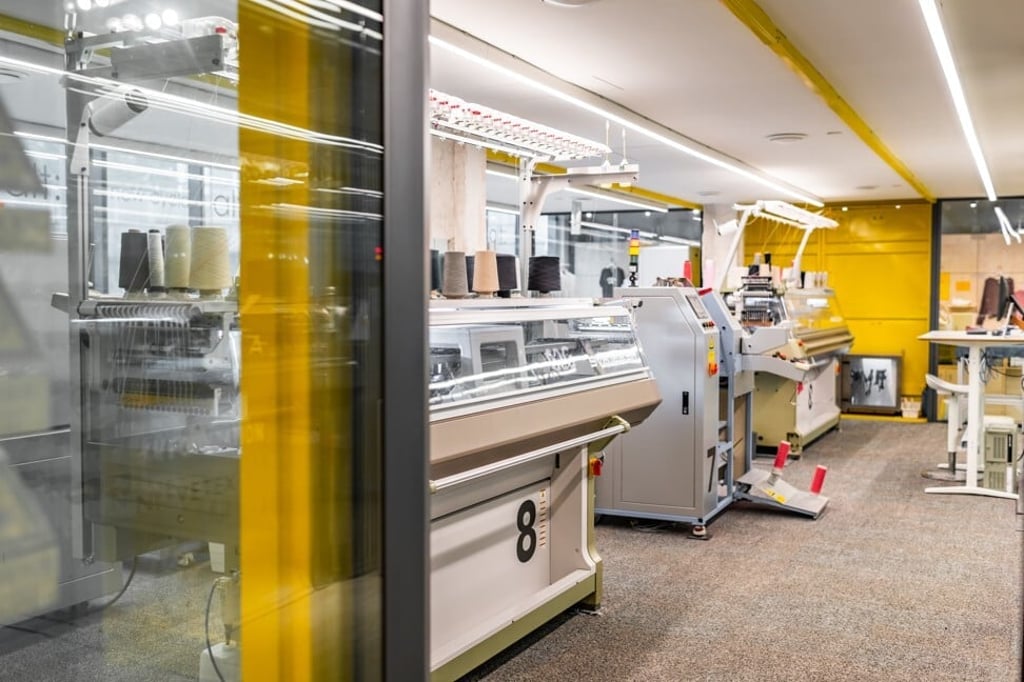Leather, silk, wool, felt – which fabrics fight the spread of viruses and bacteria? Fashion industry looks for answers
- Coronavirus outbreak creates demand for clothing that won’t harbour Covid-19, but as yet little research has been done on antiviral fabrics. Felt is one
- For now, shiny fabrics you can wipe clean may be the best bet. Protecting against bacteria is easier – wool, cashmere and silk are naturally antibacterial

While such stringent protocols may seem extreme, there is still plenty we do not know about the coronavirus and its relationship with textiles – especially fabrics that are used in our everyday clothing.
According to the US Centres for Disease Control and Protection, the coronavirus is transmitted through droplets in people’s breath, which can be transferred to fabrics. How long the virus survives on specific materials is still being studied.
“Each fabric performs differently and there hasn’t been extensive work done on the current strain of coronavirus and its relationship to soft surfaces such as textiles. What we do know is that there are certain textiles that are naturally antibacterial, such as wool, cashmere and silk,” says Edwin Keh, CEO of the Hong Kong Research Institute of Textiles and Apparel.

“Merino wool, for example, is being used as a high-performance material by brands such as Patagonia because it has a hostile surface on which bacteria cannot survive.”